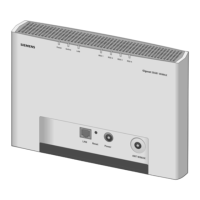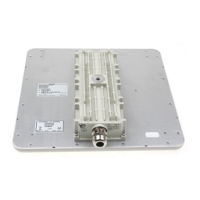104
Glossary
Gigaset SE361 WLAN / englisch / A31008-M1067-R101-1-7619 / glossary.fm / 30.10.2006
Schablone 2004_12_27
DNS
Domain Name System
DNS permits the assignment of IP addresses to computers or Domain names, which are
easier to remember. A DNS server must administer this information for each LAN with
an Internet connection. As soon as a page on the Internet is called up, the browser
obtains the corresponding IP address from the DNS server so that it can establish the
connection.
On the Internet. the assignment of domain names to IP addresses is based on a hierar-
chical system. A local PC only knows the address of the local name server. This in turn
knows all the addresses of the PCs in the local network and the next higher name serv-
ers, which again know addresses and the next higher name servers.
DNS server
See DNS
Domain name
The domain name is the reference to one or more Web servers on the Internet, e.g.
siemens.com. The domain name is mapped to the respective IP address via the DNS
service.
DSL
Digital Subscriber Line
DSL is a data transmission technology in which a connection to the Internet can be run
over normal telephone lines. A DSL connection is supplied by an Internet Provider. It
requires a DSL modem.
Dynamic IP address
A dynamic IP address is assigned to a network component automatically by DHCP. This
means that the IP address of a network component can change with every login or at
certain intervals.
See also Static IP address
DTIM
Delivery Traffic Indication Message
A DTIM is a signal that is sent by an access point as part of a Beacon to a client device in
power-saving mode to indicate that a data packet is ready for delivery. The DTIM interval
defines the frequency with which a DTIM appears in a series of beacon packets.

